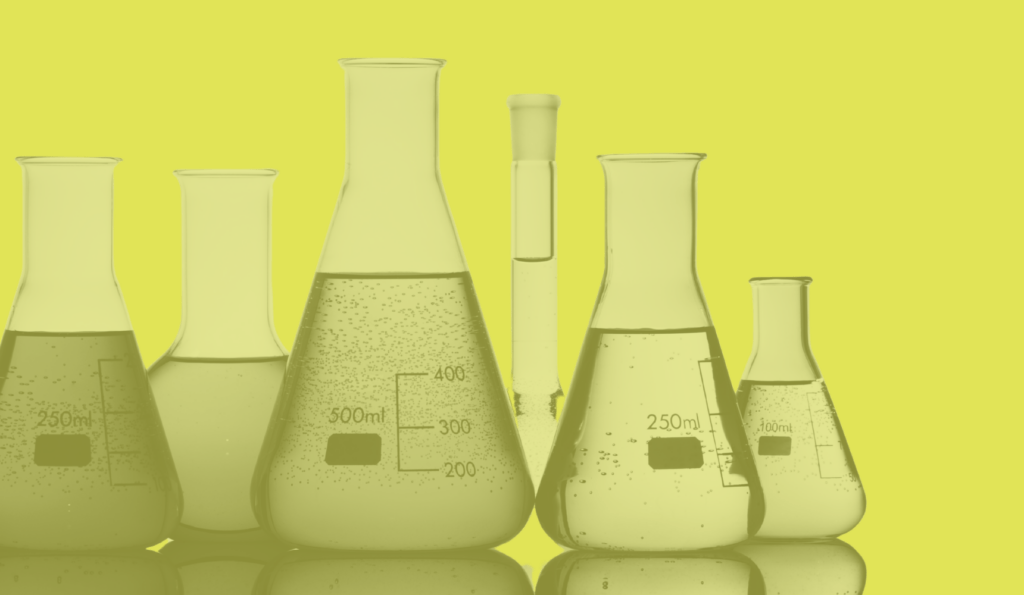As we gear up to celebrate Medical Laboratory Professionals Week, CrossMed Healthcare is taking a moment to recognize and honor the incredible journey of the medical laboratory field. Behind every diagnosis, treatment, and recovery, there is a team of skilled lab professionals making critical contributions to patient care.
Let’s step back in time and explore the fascinating history of the medical lab, and how this field has shaped modern healthcare.
The Birth of the Medical Lab: 19th Century Beginnings
The origins of the medical laboratory can be traced back to the mid-1800s when microscopes first became widely available, revolutionizing how scientists studied cells and pathogens. Visionaries like Rudolf Virchow, often called the “Father of Modern Pathology,” began examining tissues under the microscope, unlocking insights that would lay the foundation for modern diagnostic medicine.
At this time, labs were small, basic, and often located within hospitals. Tests were limited to basic microscopy, urinalysis, and a few rudimentary blood tests.
The Early 20th Century: The Lab Boom
The early 1900s saw a significant shift as infectious diseases such as tuberculosis and syphilis prompted the need for better diagnostics. Clinical laboratories became more formalized with dedicated lab technicians and standardized procedures.
World War I played a key role in advancing lab medicine, as the military required fast and accurate diagnostics to care for wounded soldiers. This period also saw the founding of the American Society for Clinical Pathology (ASCP) in 1922, helping to professionalize and standardize laboratory practices.
Post-War Innovation: The Rise of Automation
Following World War II, healthcare systems expanded, and laboratories experienced a technological boom. The 1950s and 1960s ushered in automated analyzers, making high-volume testing possible for the first time. This era marked the transition from small bench-top chemistry to sophisticated instrumentation capable of running thousands of samples a day.
This period also saw the introduction of blood banking and transfusion services, as well as more advanced microbiology techniques, leading to improved patient safety and care outcomes.
The Digital Revolution: Entering the Modern Era
The late 20th century saw digital computers and information systems integrated into laboratory workflows. Data could now be managed more efficiently, and turnaround times for test results decreased dramatically.
The emergence of molecular diagnostics, such as PCR (Polymerase Chain Reaction) technology, in the 1980s and 1990s, allowed labs to detect infectious diseases and genetic disorders with unprecedented accuracy and speed.
Today: Precision Medicine and Beyond
Today’s medical laboratories are at the cutting edge of innovation. From AI-driven diagnostics and next-generation sequencing to point-of-care testing, labs are shaping the future of healthcare. COVID-19 further highlighted the essential role of laboratory professionals, as they worked tirelessly to process millions of tests under extraordinary circumstances.
At CrossMed Healthcare, we recognize that our travel lab professionals and allied health workers are an integral part of healthcare teams nationwide. Their expertise and dedication fuel patient care and outcomes across every setting — from rural hospitals to major medical centers.
Join the Legacy: Explore Lab Opportunities with CrossMed
At CrossMed Healthcare, we’re not just celebrating the history of lab professionals — we’re actively building the future. If you’re a medical laboratory technologist, medical lab technician, or allied health professional looking to make an impact, we have nationwide travel and permanent placement opportunities waiting for you. Whether you’re ready for your next adventure or looking to grow your career in cutting-edge facilities, CrossMed is here to connect you to the roles that matter most.
Explore our open positions today and become part of the CrossMed community that’s making a difference in healthcare, one lab test at a time.

